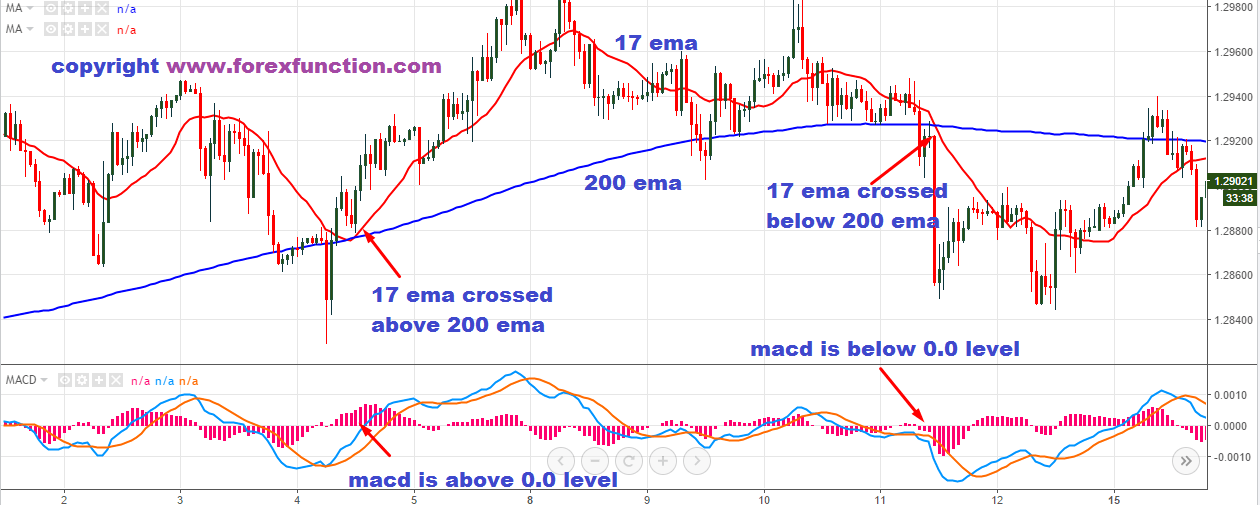

The moving average is (20 + 20.25 + 20.17 + 20.32 + 20.23)/5 = 100.97/5 = 20.19 SMAĪt the close of the next trading day, the most recent closing price replaces the oldest price and which resets the moving average. So a simple five-day moving average is calculating by adding up the closing prices for the previous five trading days and dividing by five. The real decision for investors when interpreting buy and sell signals is how quickly they want to enter and exit the trade.Ī simple moving average is calculated by adding up the closing prices for each of the time periods represented and divide it by the overall time frame. However, day traders will frequently use 15 minute or 30 minute moving averages for fast intraday trading. This is because longer moving averages tend to indicate longer, more sustained breakouts. In general, investors look at 50-day and 200-day moving averages as the fast and slow moving averages. What Simple Moving Averages do Traders Use to Identify a Golden Cross?

Price movement is still one of the key factors in spotting a trendĪ golden cross is a technical indicator that is always a predictor of a bullish trend for stocks and other securities. 7 Stagflation Stocks to Help Navigate Periods of Low Growth.7 Commodities ETFs to Help Build a Hedge Against Inflation.7 Dividend Stocks That Earn 10% Every Month.7 Dividend Aristocrats to Help You Take the Bite Out of the Bear.10 Recession-Proof Stocks That Will Let You Wait Out the Bear.7 Stocks with the Pricing Power to Push Through High Inflation.7 Blue-Chip Dividend Stocks That Won’t be Impacted by Rising Interest Rates.7 Mid-Cap Stocks That Can be the Perfect Fit at Any Time.7 Stocks to Buy to Outrun Rising Interest Rates.7 Sports Betting Stocks to Buy for Their Long-Term Possibilities.7 Water Stocks to Buy as the World Dries Up.Streaming Music is Driving Live Nation’s Domination.DocuSign Has Important Issues to Address When it Reports Earnings.Chip Gear Maker Entegris Has Potential, But Is It Buyable Now?.Will Royal Caribbean's Broadband Partnership Drive Revenue?.Is Alcoa A Buy After Strong Q2 Results And More Share Buybacks?.

Could Nike Stock be Oversold, but Still Overvalued?.Could Snap Stock Rebound As Management Restructures?.The Trader's Guide to Equities Research.Simple_cum_relative_return_exact = simple_cum_strategy_asset_relative_returns.sum(axis=1)Īx.plot(cum_relative_return_exact.index, 100*cum_relative_return_exact, label='EMA strategy')Īx.plot(simple_cum_relative_return_exact.index, 100*simple_cum_relative_return_exact, label='Buy and hold')Īx.set_ylabel('Total cumulative relative returns (%)')Īx.xaxis. Simple_cum_strategy_asset_relative_returns = np.exp(simple_cum_strategy_asset_log_returns) - 1 # Transform the cumulative log returns to relative returns Simple_cum_strategy_asset_log_returns = simple_strategy_asset_log_returns.cumsum() # Get the cumulative log-returns per asset Simple_strategy_asset_log_returns = simple_weights_matrix * asset_log_returns # Get the buy-and-hold strategy log returns per asset Simple_weights_matrix = pd.DataFrame(1/3, index = data.index, columns=lumns) # Define the weights matrix for the simple buy-and-hold strategy To get all the strategy log-returns for all days, one needs simply to multiply the strategy positions with the asset log-returns. How much is this lag $L$? For a SMA moving average calculated using $M$ days, the lag is roughly $\frac$. However, this comes at a cost: SMA timeseries lag the original price timeseries, which means that changes in the trend are only seen with a delay (lag) of $L$ days.

It is straightforward to observe that SMA timeseries are much less noisy than the original price timeseries.


 0 kommentar(er)
0 kommentar(er)
